Renault is gauging the viability of launching the new Twingo in the UK but will not "force" the retro city car into the market just to boost its EV sales mix.
The fourth-generation, electric-only Twingo is due on sale next year with a starting price in Europe of sub-€20,000 (£16,700), but there is a chance that, like its 1990s namesake, it won't be exported to the UK.
Speaking to journalists at the Brussels motor show, where a "90%-ready" prototype was unveiled (complete with running gear and a full interior), Renault bosses confirmed that internal discussions are under way on the viability of selling the Twingo here.
Product performance boss Bruno Vanel said: "There is a decision to be made. We remain on this one: a decision is still to be made, depending on the interest and the business case."
Asked whether the Twingo could be an important addition to Renault’s ranks in the context of the UK's zero-emission vehicle mandate, under which manufacturers must achieve a 33% EV sales mix in 2026, Renault CEO Fabrice Cambolive said: "Sure, but the main point is whether there is a customer attractiveness, demand value and whether there is a business case.
“It's not only because of the ZEV mandate that we're forcing a new car onto the market just to push it. We are very much focused on the value and attractiveness."
Asked if he would push to find a way to make the Twingo work in the UK, Cambolive said: "We need to find the right balance. I love extending the line-up, I love this product and I think there can be a story in the UK; it's just that we have to find the right figures."
While Renault never brought the Mk1 Twingo to the UK, later iterations were sold here from 2007 to 2019, when the rear-engined Mk3 – twinned with the Smart Forfour – was taken off sale, having sold fewer than 1000 units in its final full year.
The electric Twingo ZE, which went out of production in 2024, was never offered in the UK.


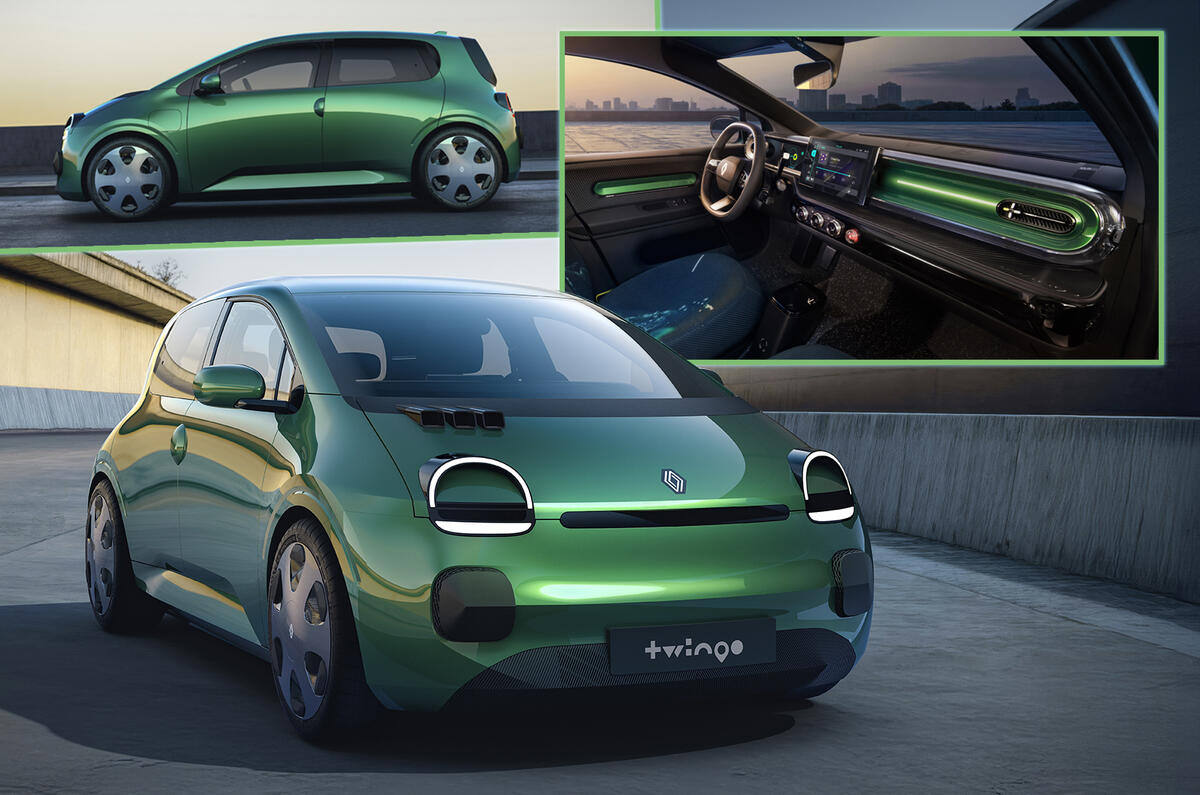
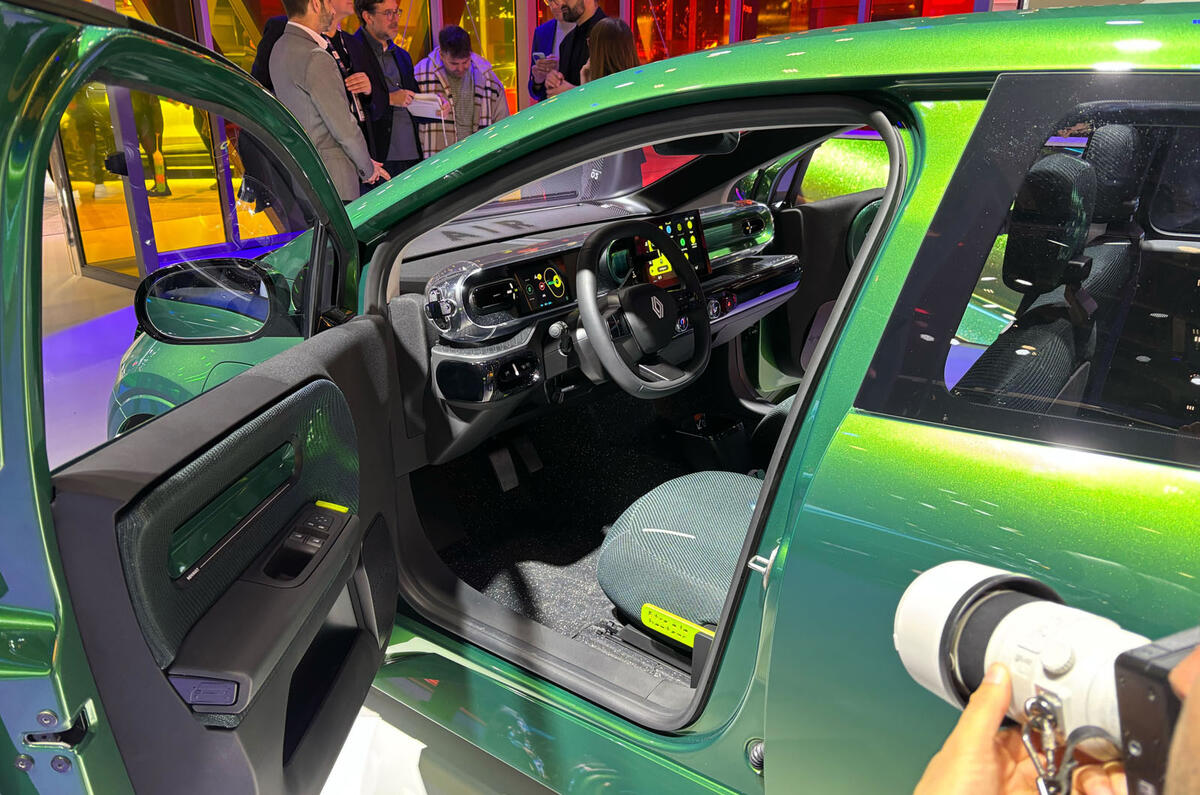
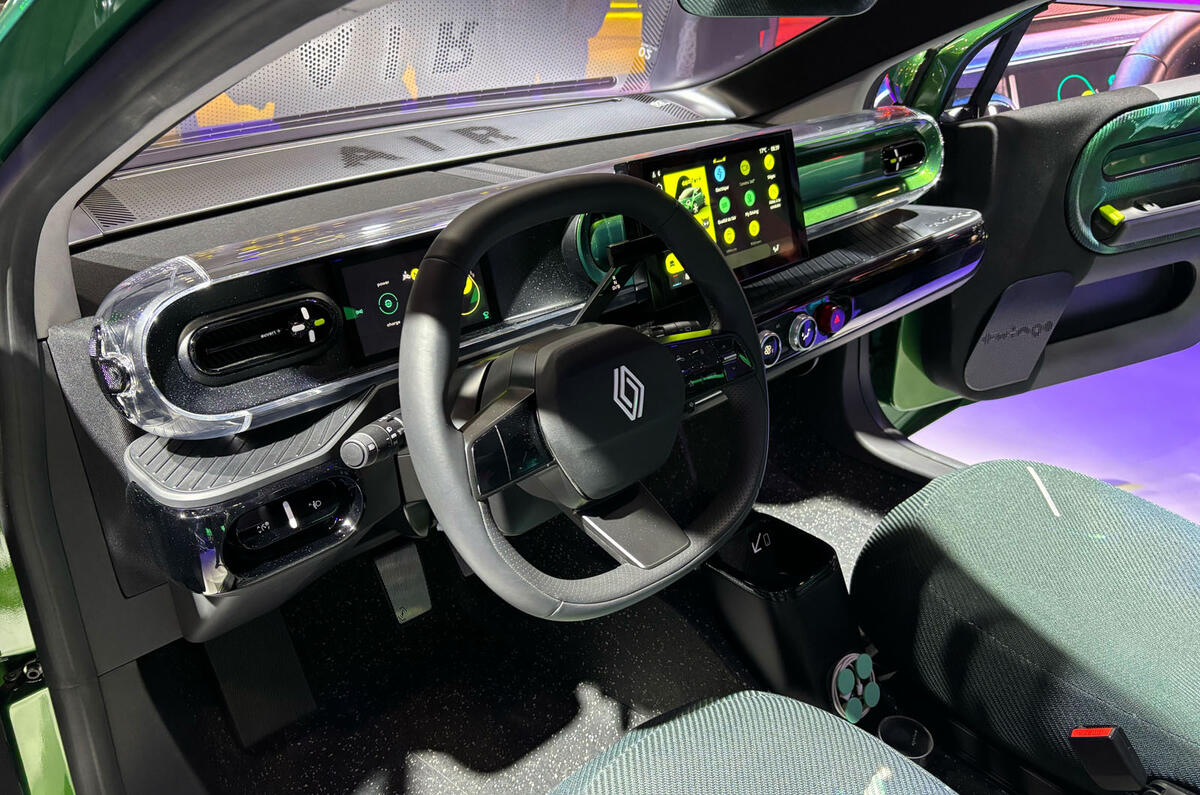

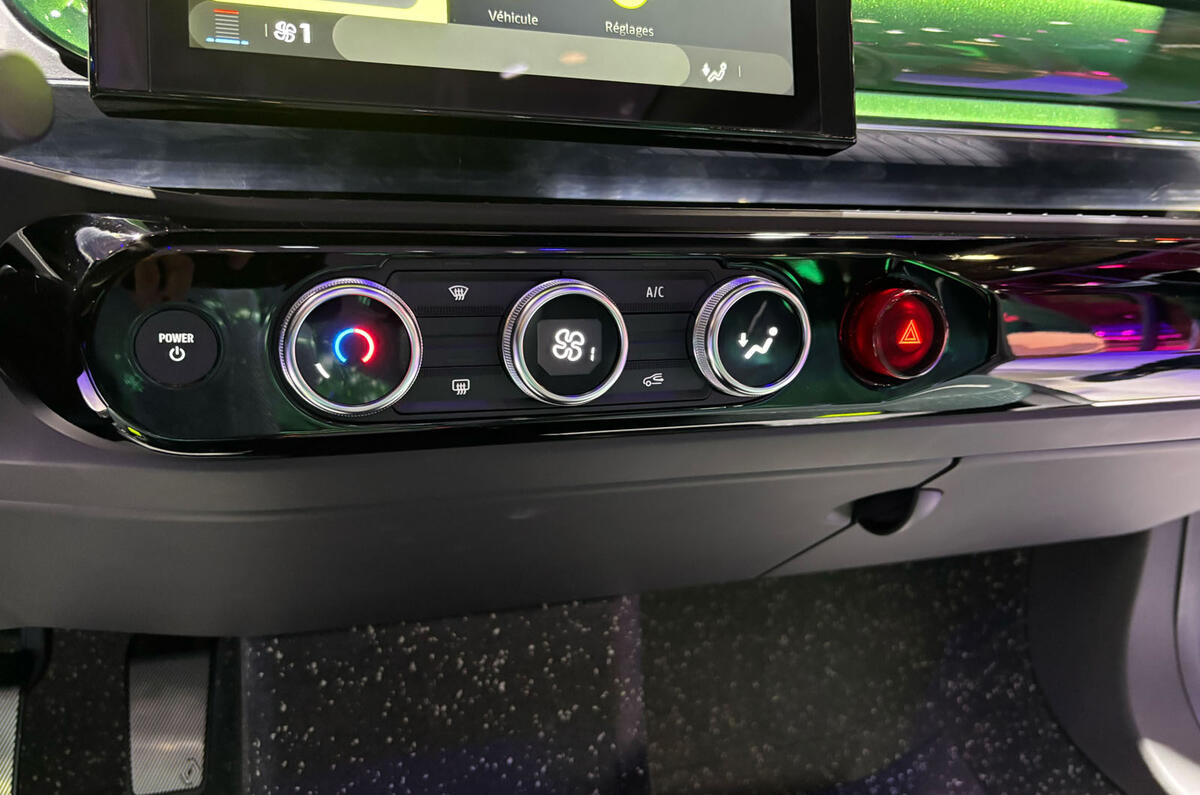
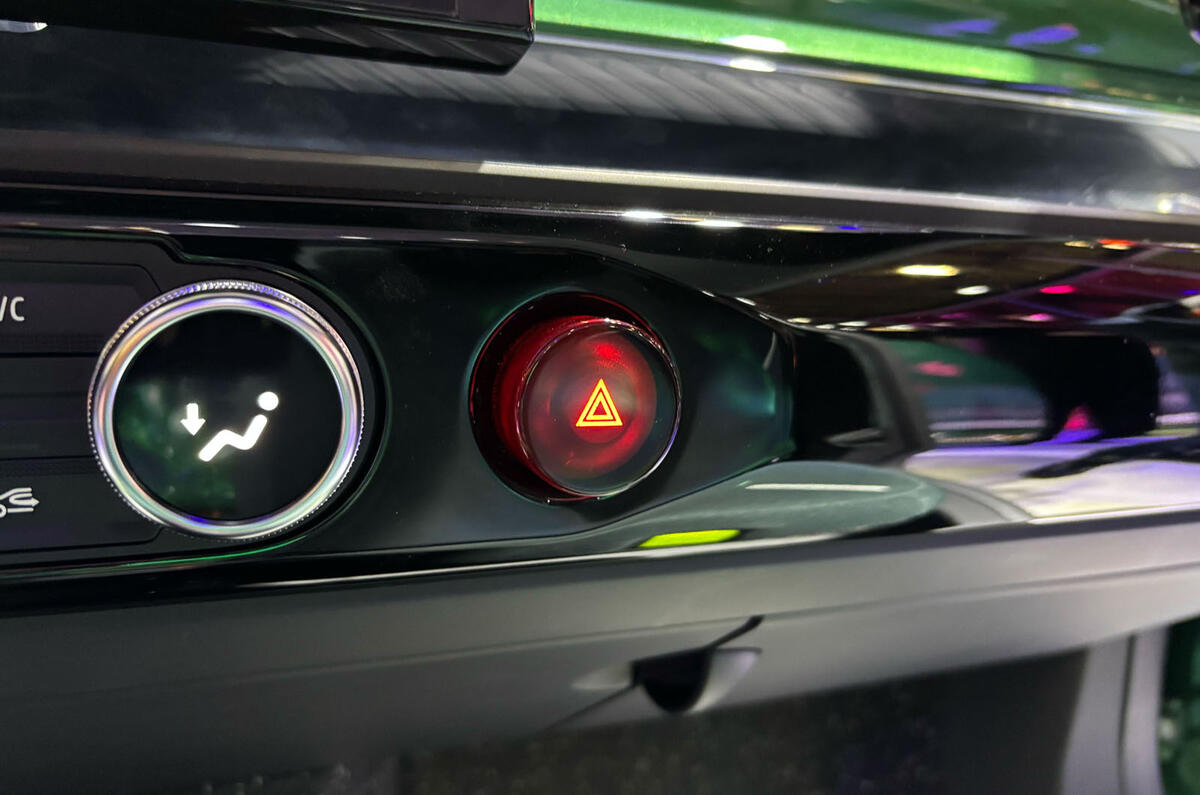
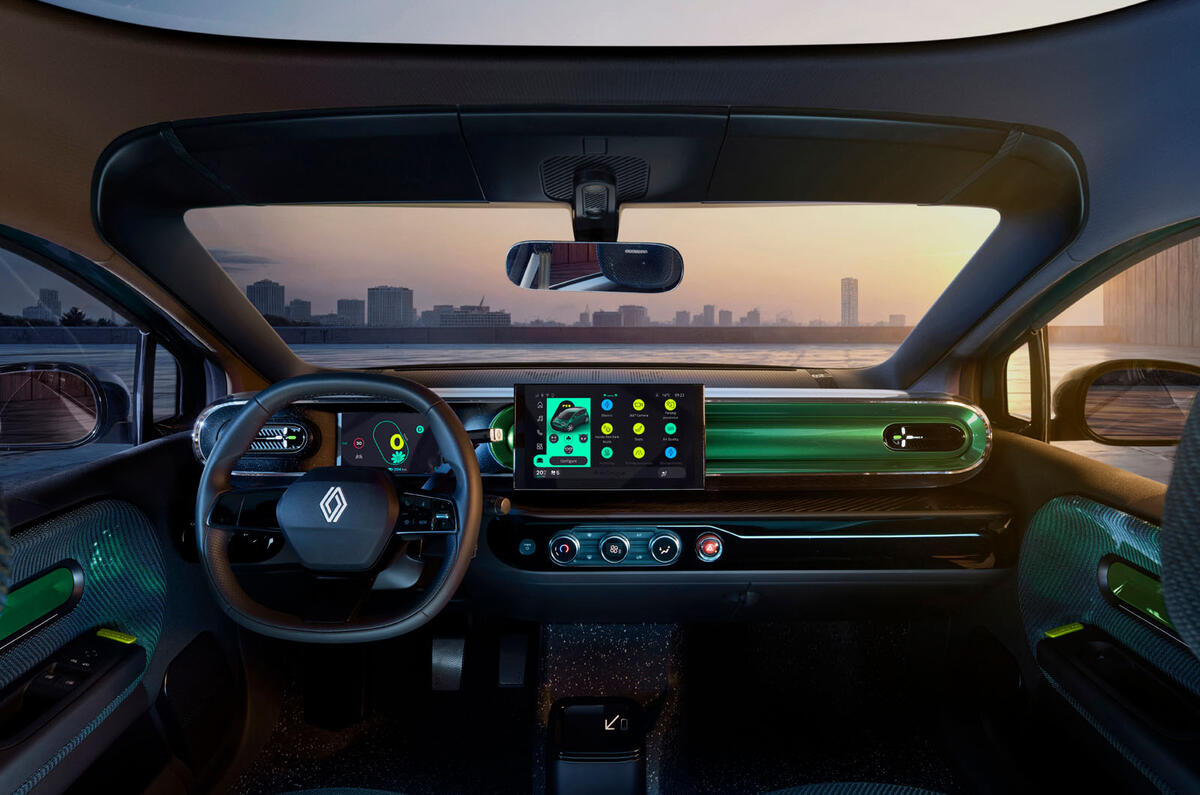
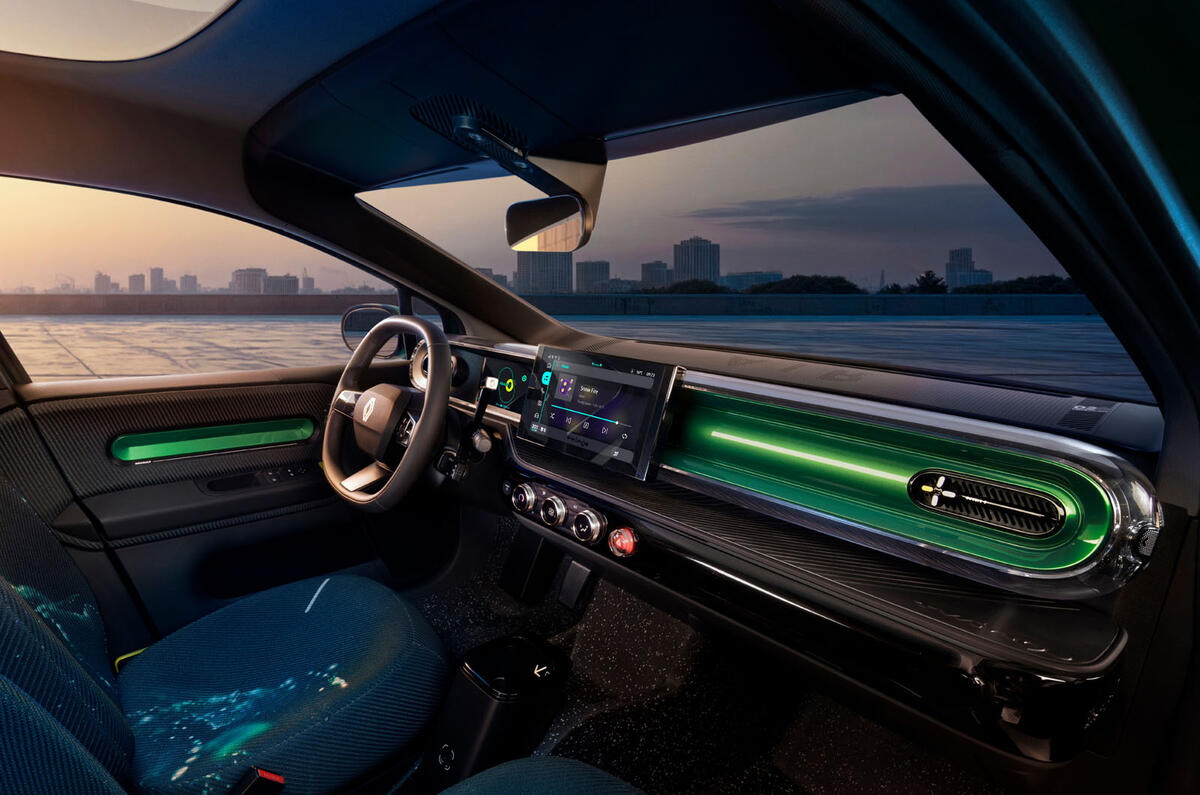
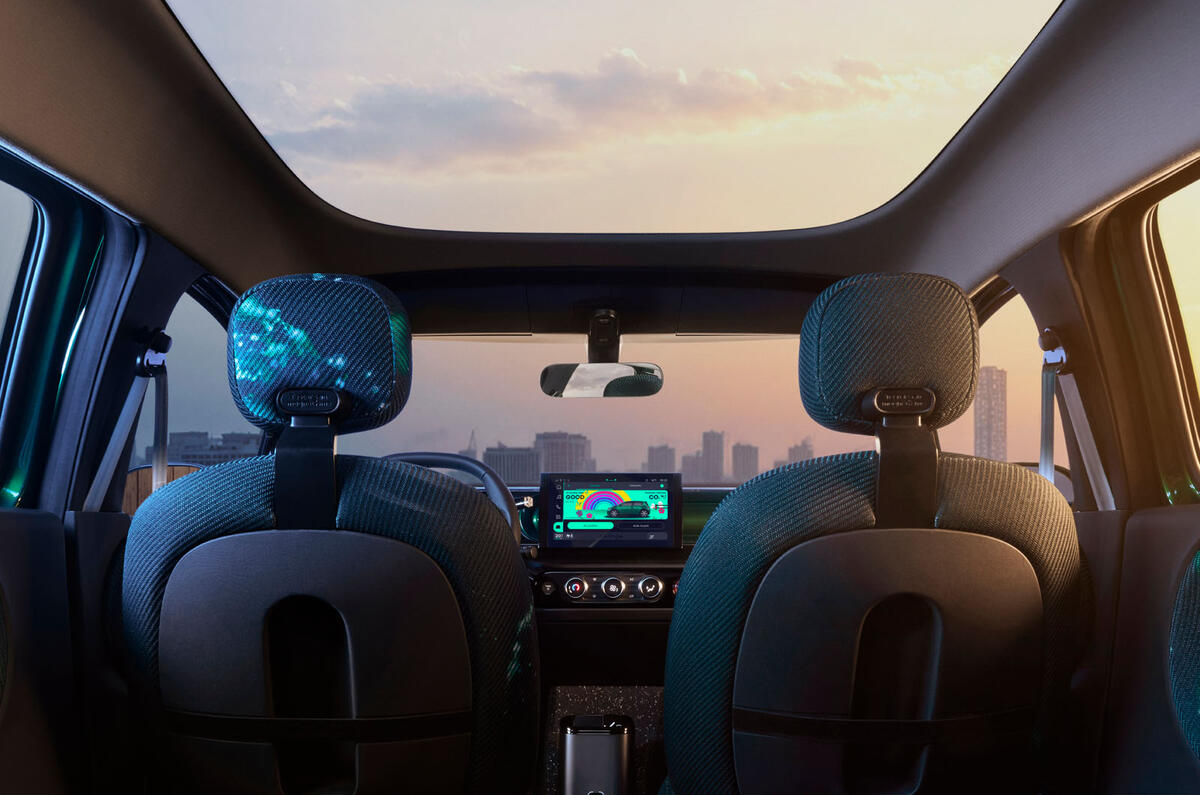
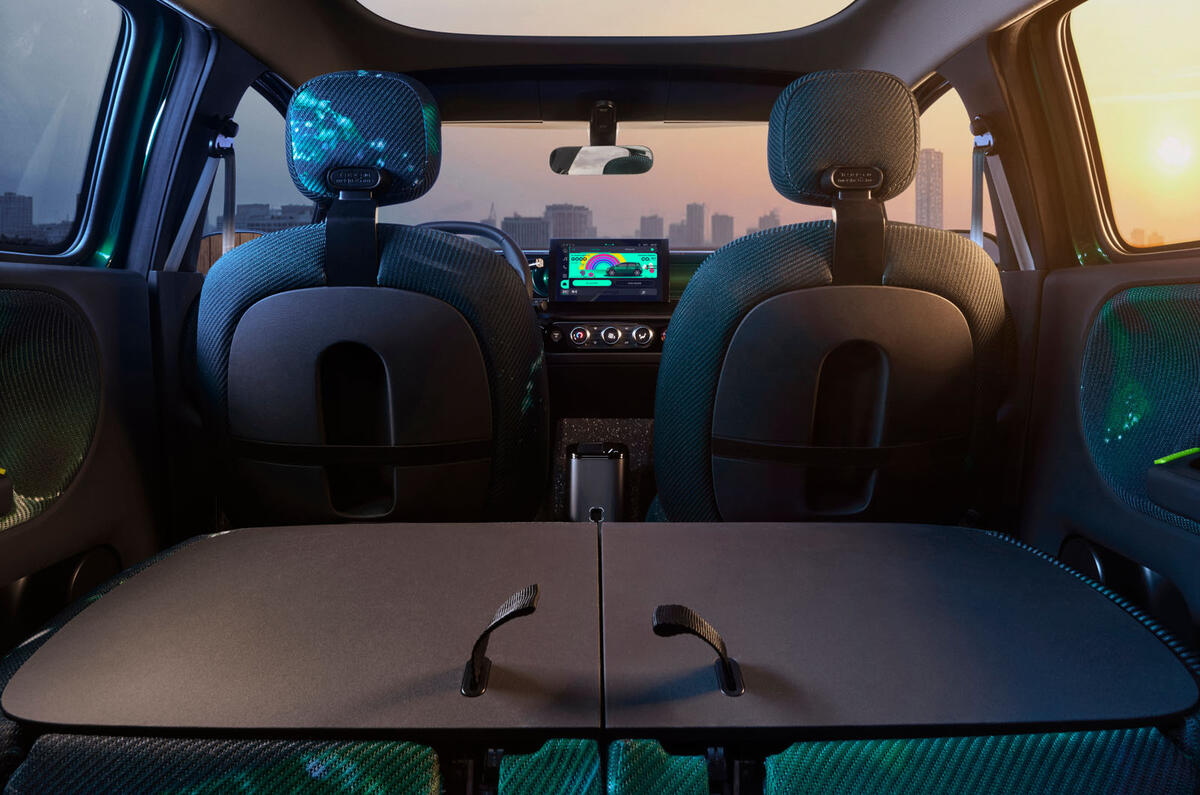
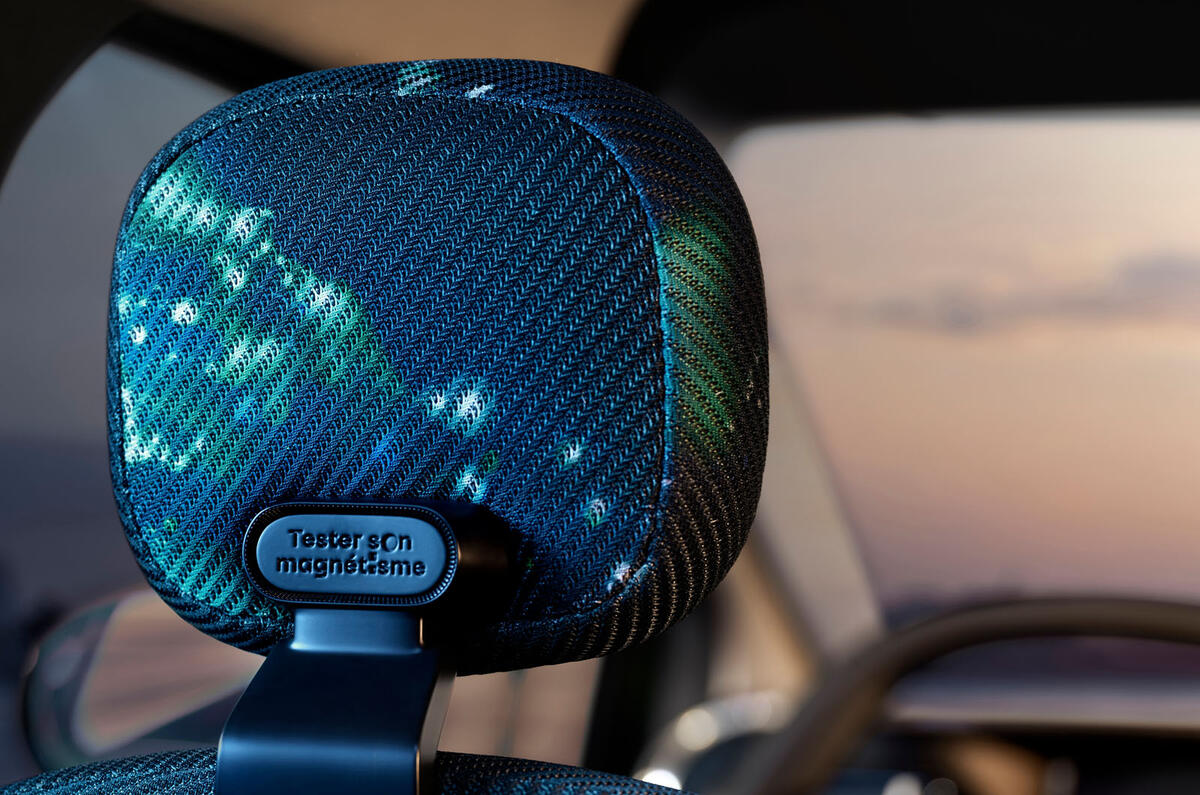
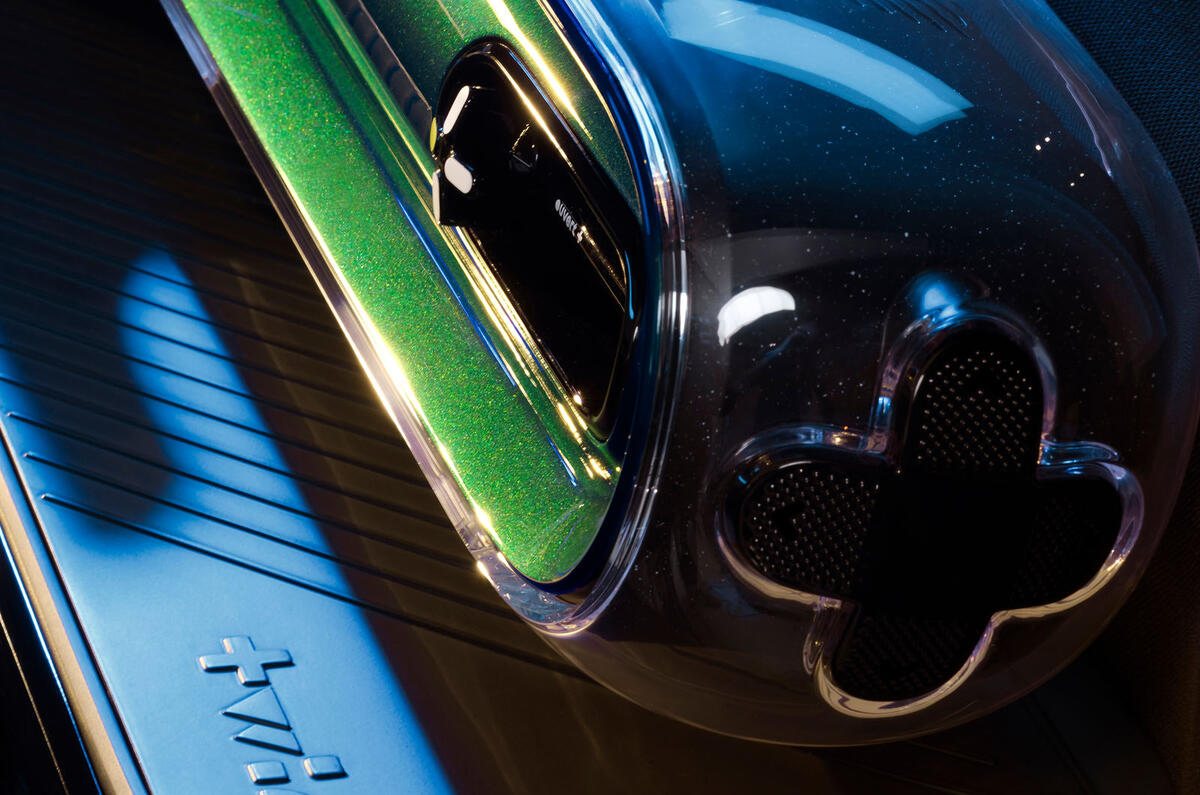
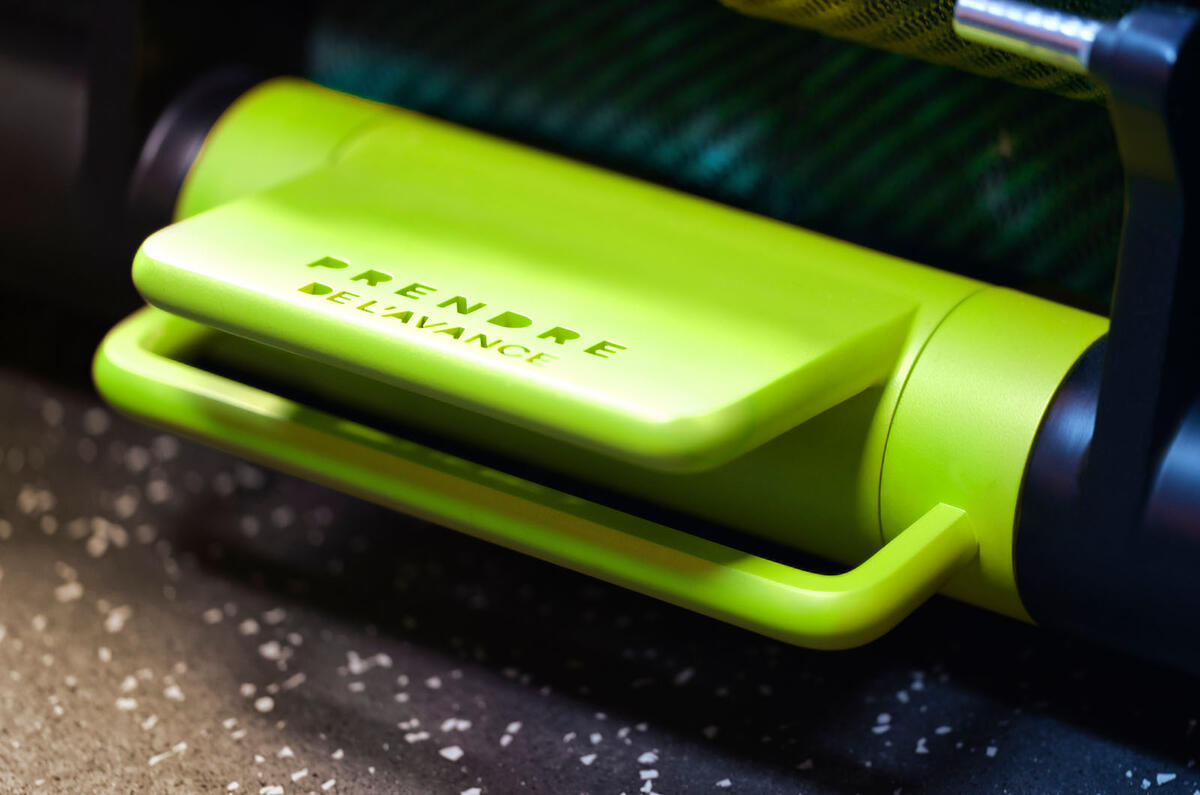
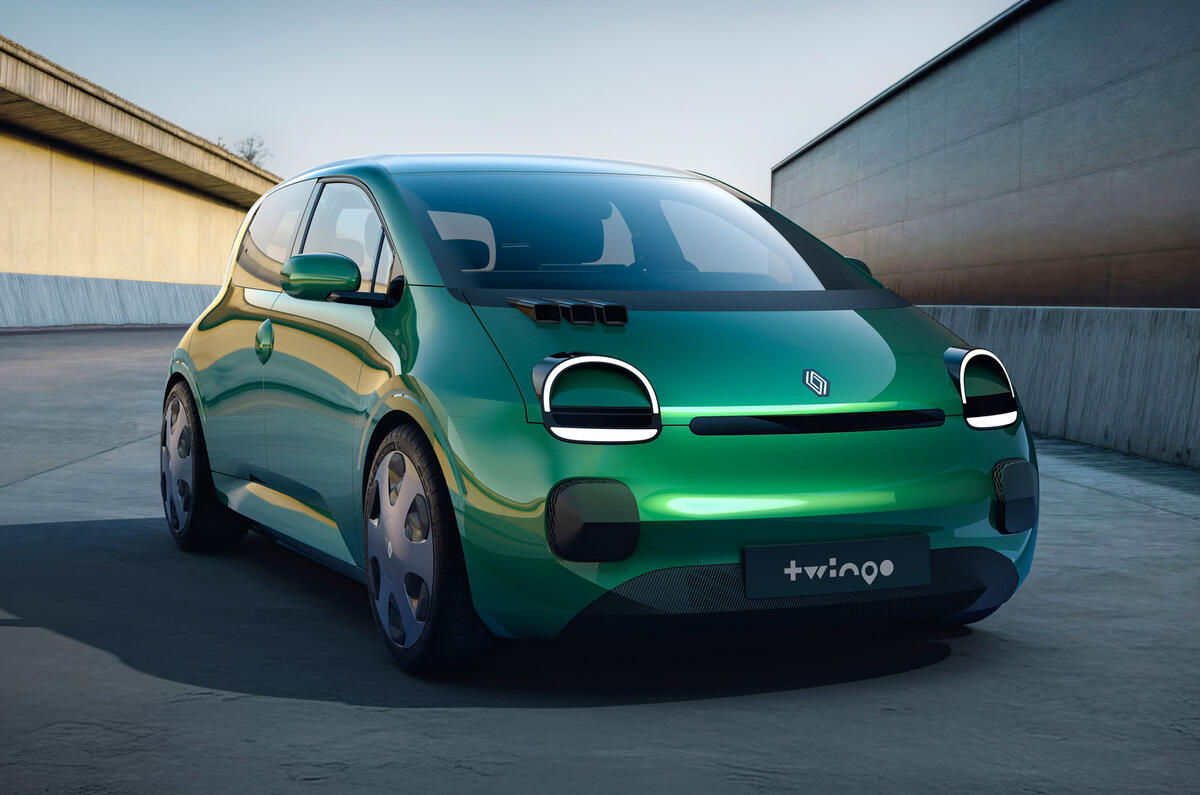
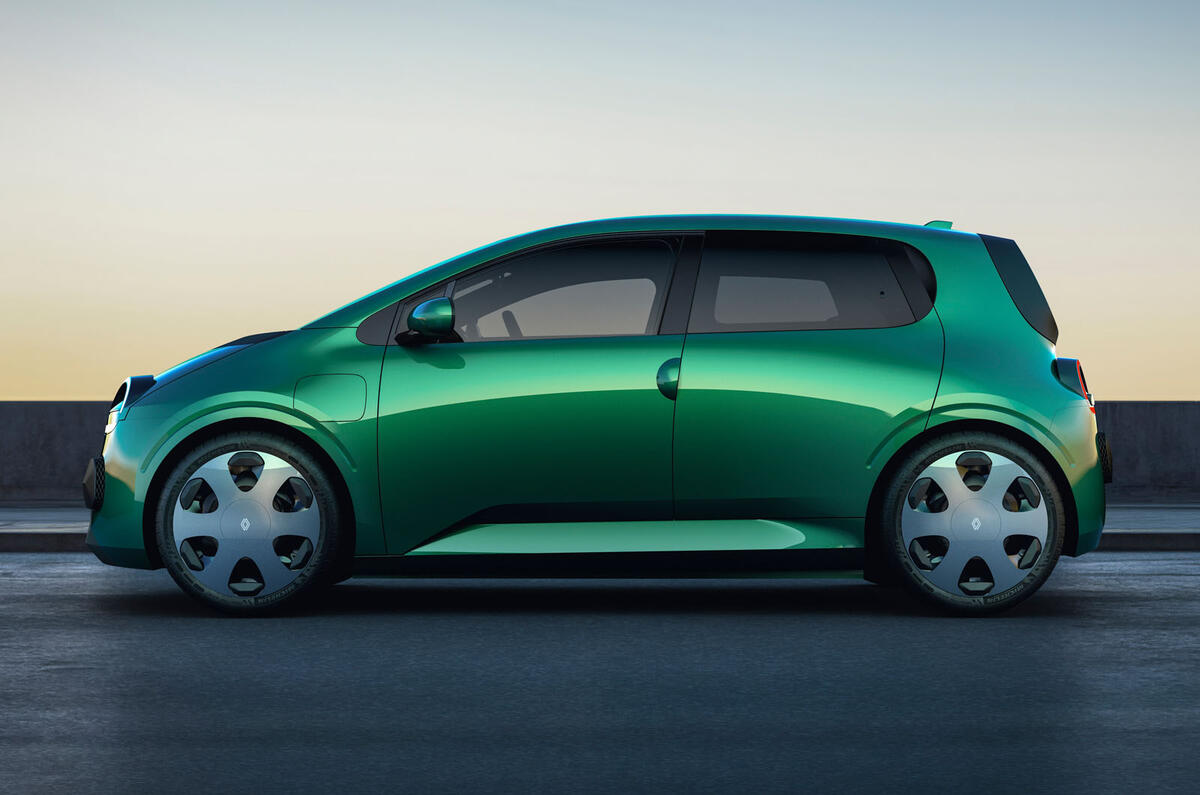
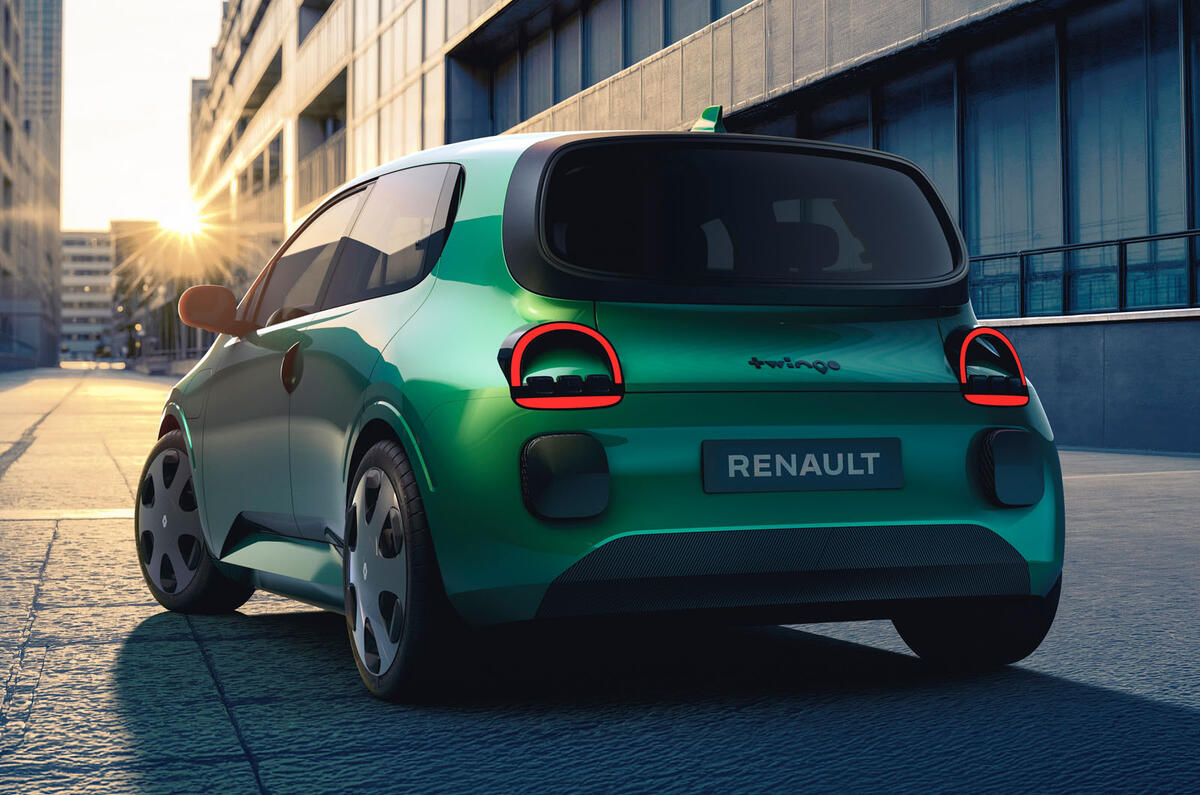
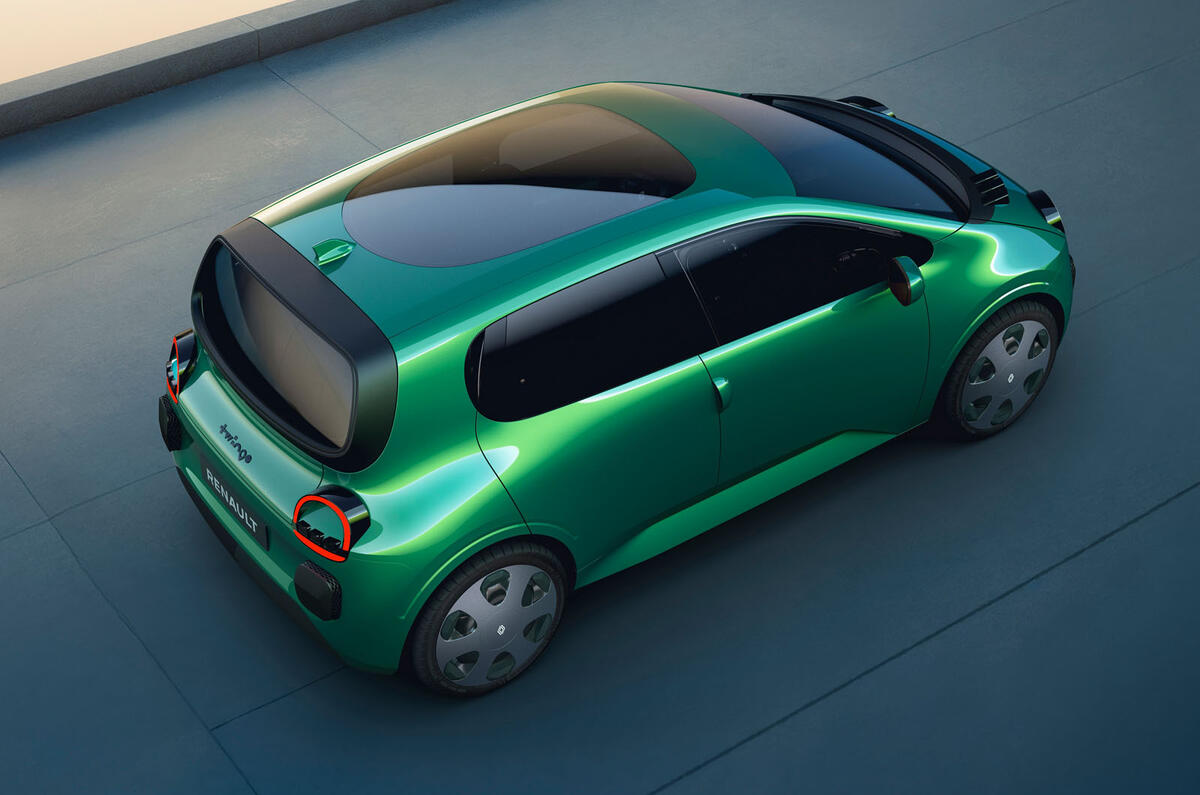
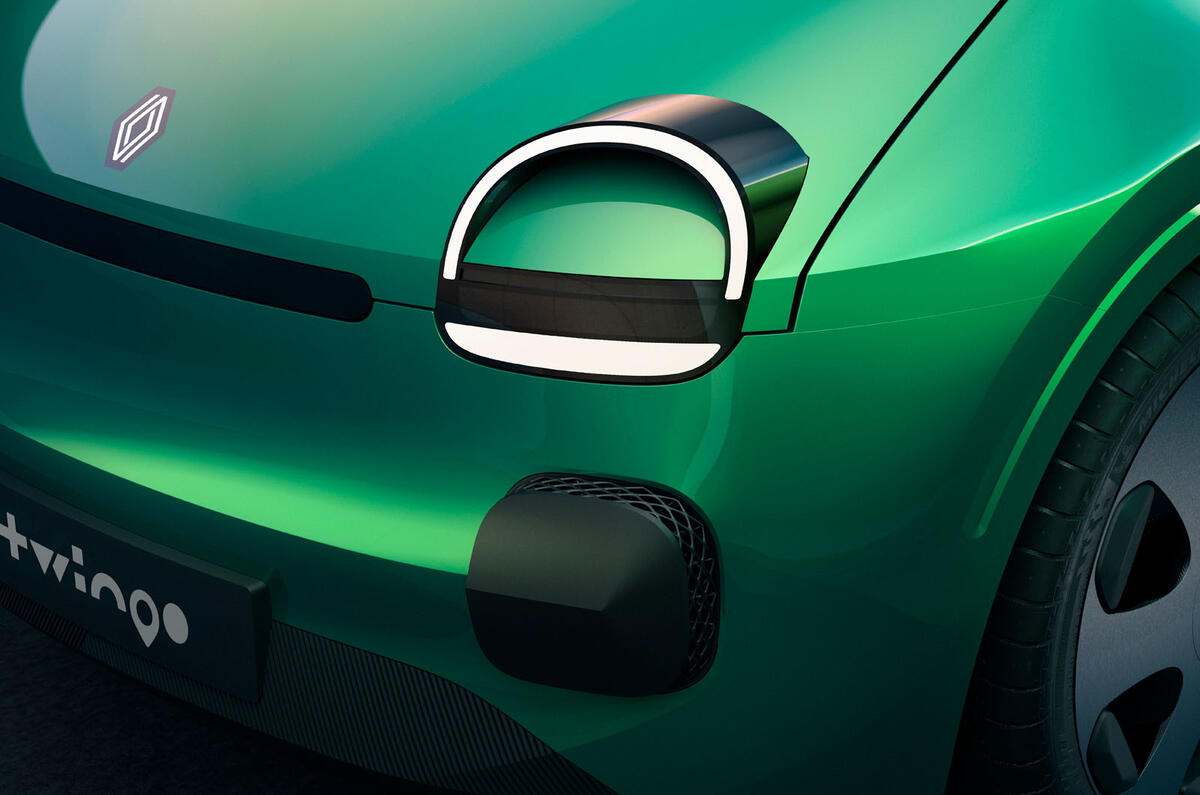

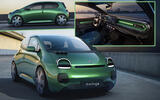
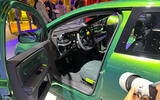
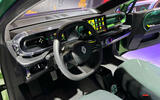
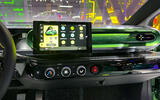
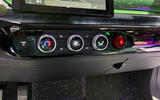
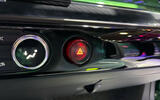
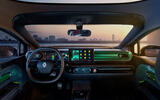
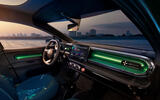

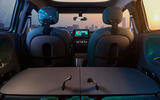
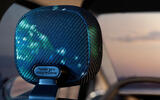
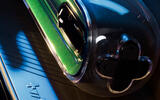
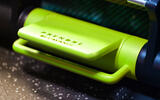
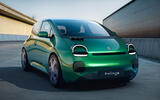
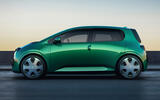
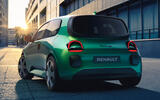
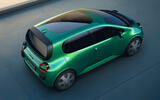
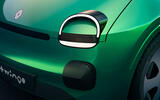
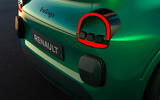











Join the debate
Add your comment
Let’s hope that Renault give it a go though - and who would bet against another Car of the Year accolade.
I think it's different when it comes to such a cool looking car like this and so cheap!
What are they thinking? If they bring it here, it will probably be my first EV as I think they are lovely short-distance, commuting cars, but they are all ridiculously expensive. This and the 5 are the only EVs I like, and they are very reasonably priced (assuming this will be less than £20k).
The 5 is the first EV that makes sense and has enough character. It is also made in Europe, and that alone would be a reason to consider it over anything else.
Don't be stupid Renault, we need more cheap, fun cars in the market!
I would add the fiat 500e to that list of desirable (characterful) small EVs that it's also built in Europe and starts at a reasonable price should add to that appeal. Completely agree though, this twingo should definitely come to the UK, it must surely have a lot of appeal, like the 500, it does to me, the R5 is bigger than I need though.
I liked the e500 a lot, but its price makes little sense when compared to the R5. To compete in a market where the R5 exists, or any market as it is not selling very well, the longer-range version needs to be less than 21k.
Exactly! I want one and I wouldn't say I'm remotely interested in EVs normally.